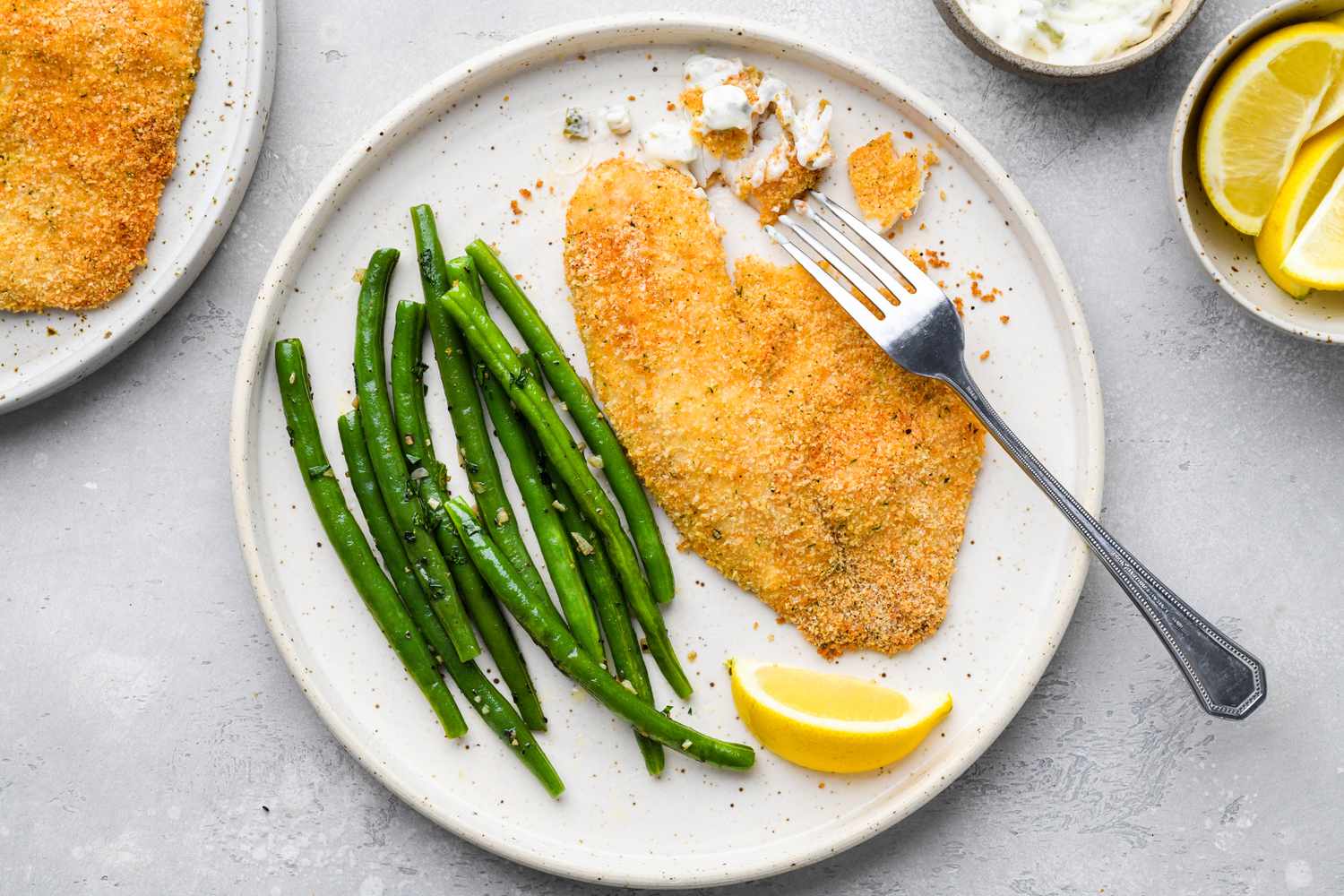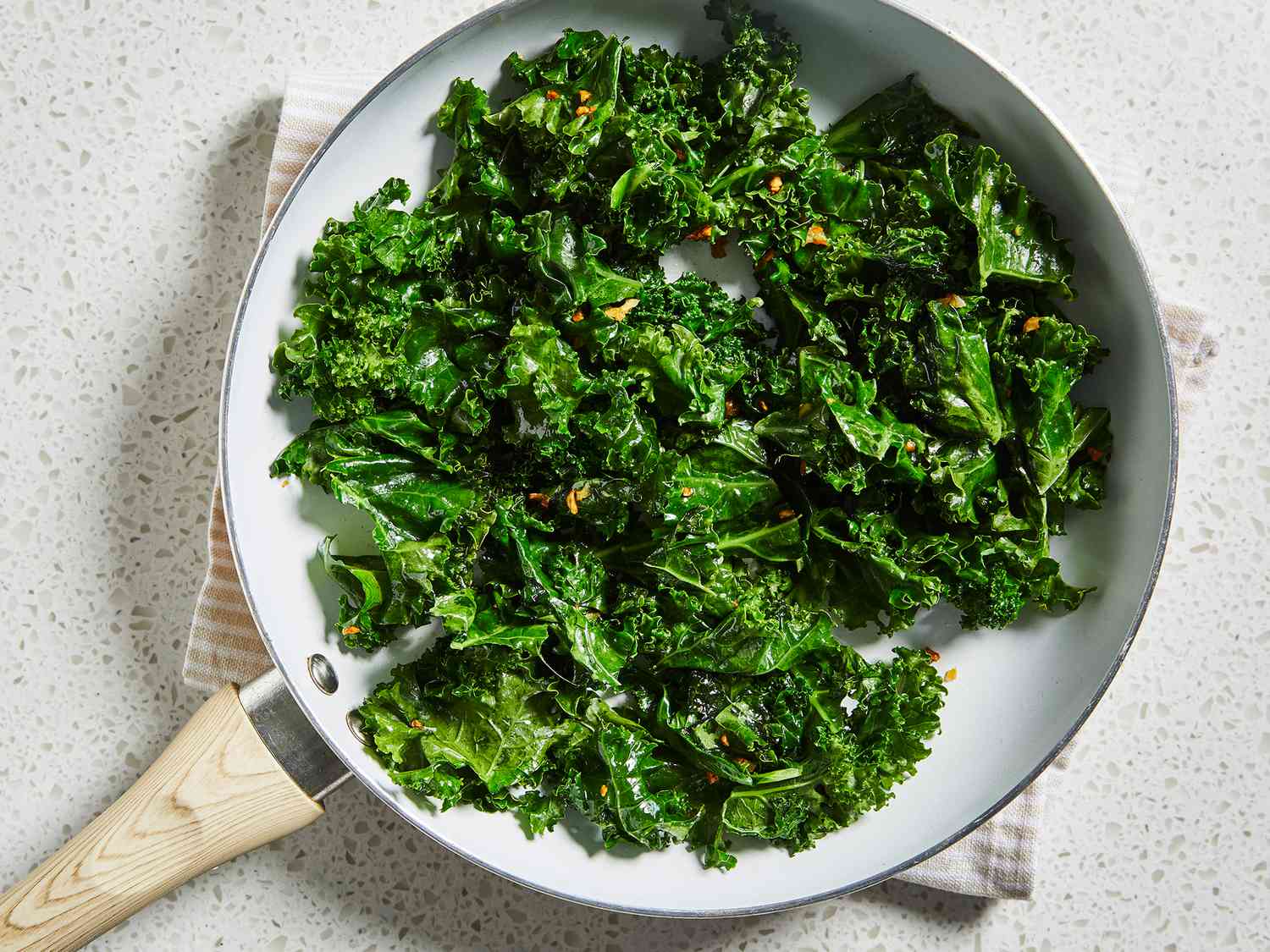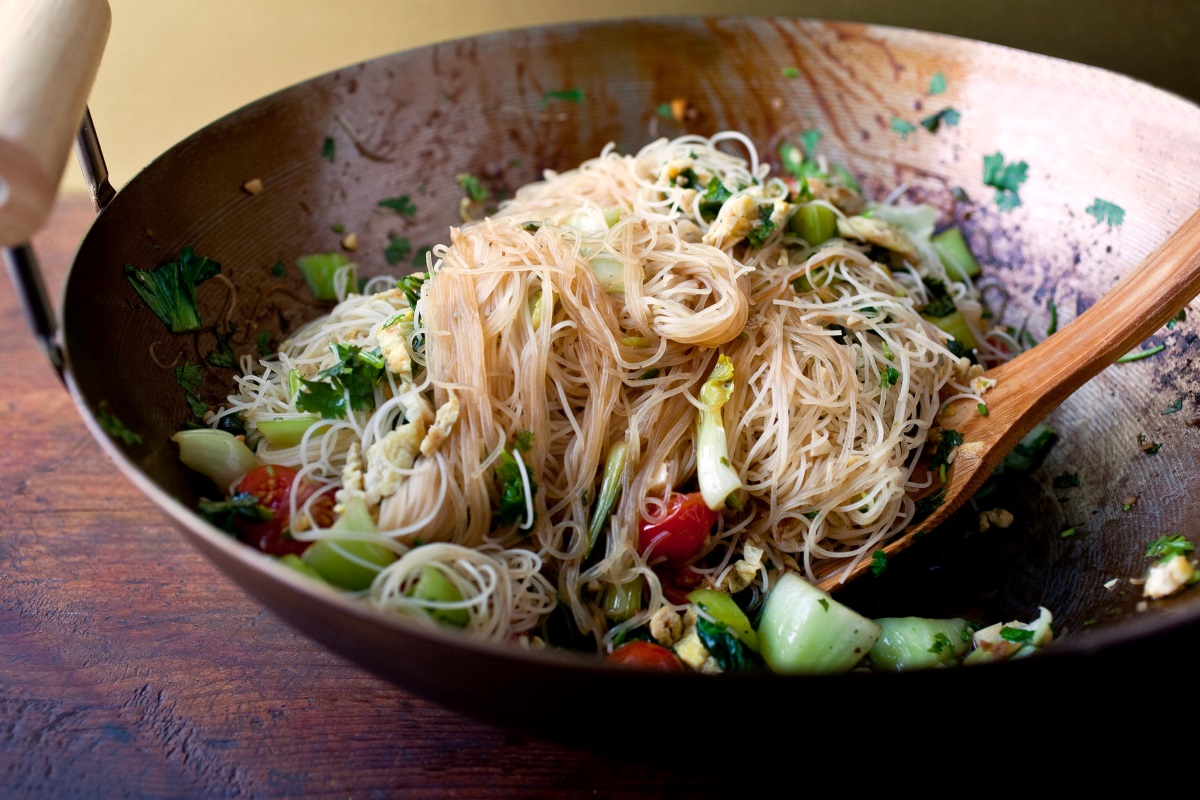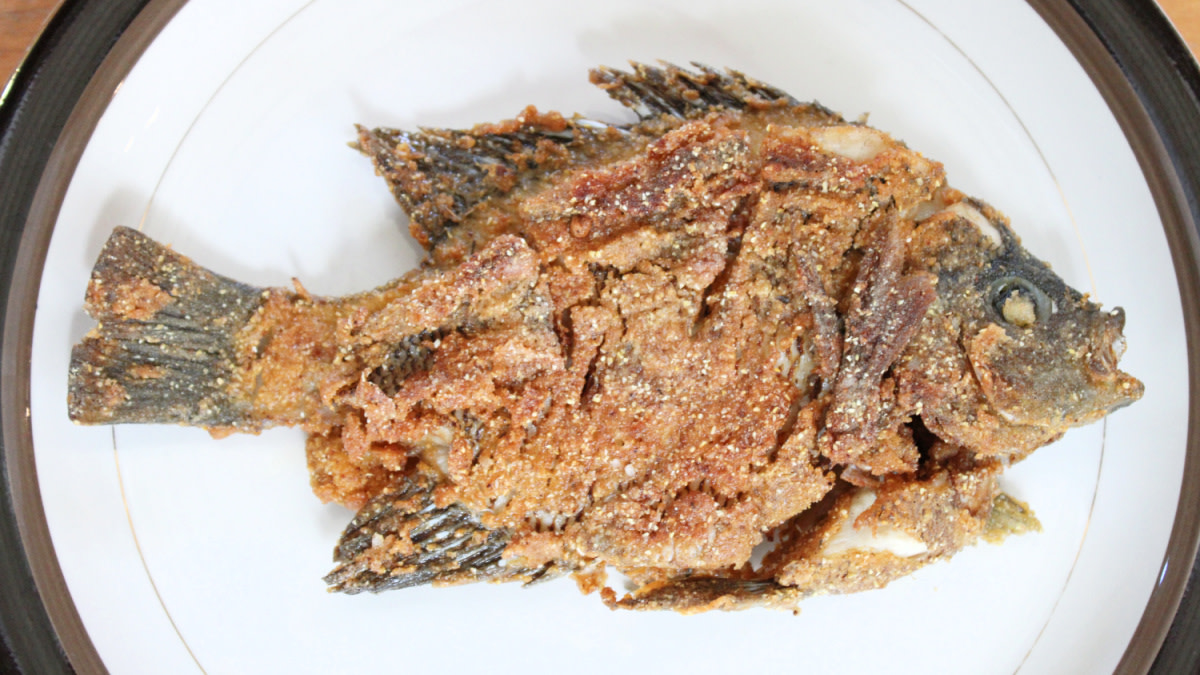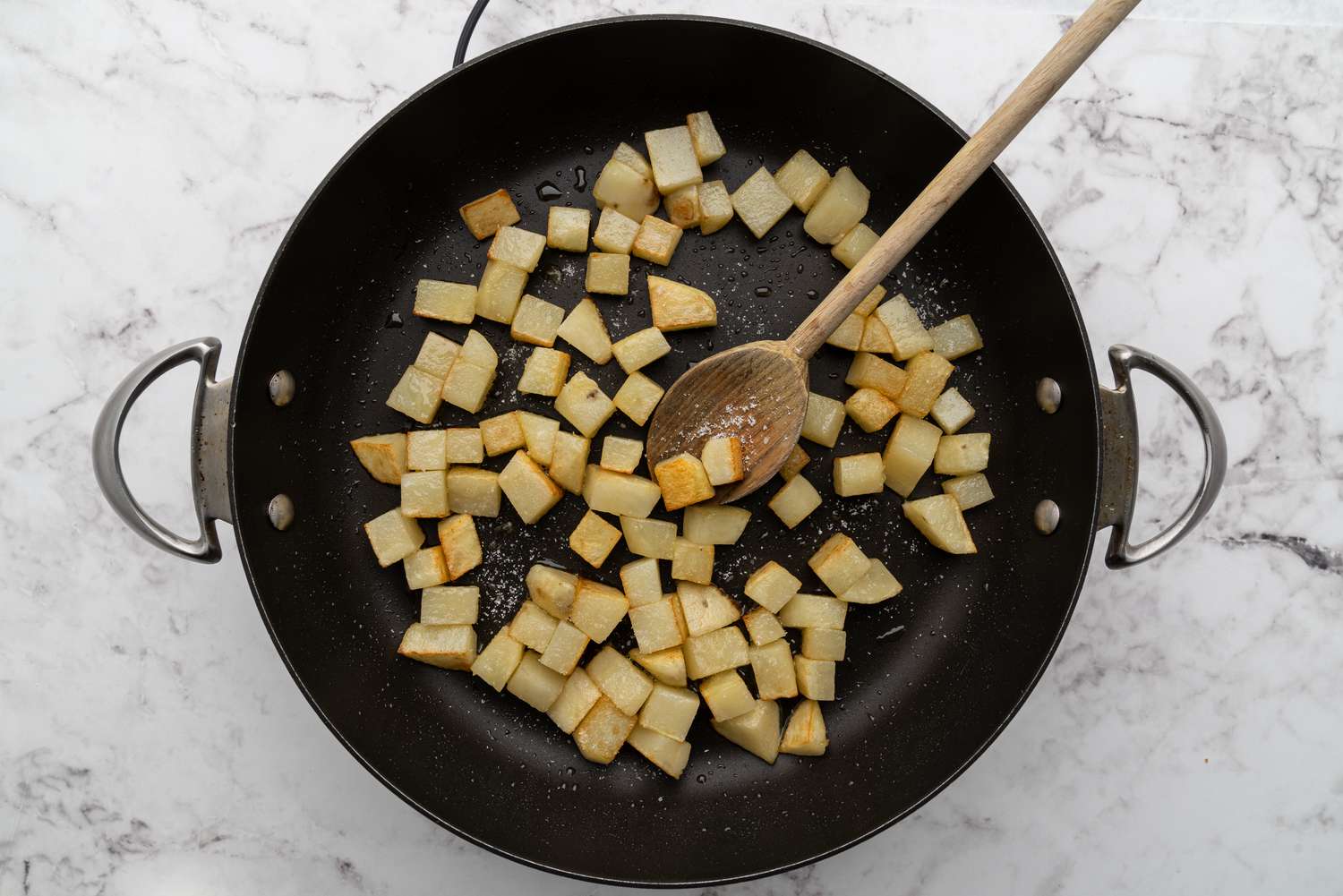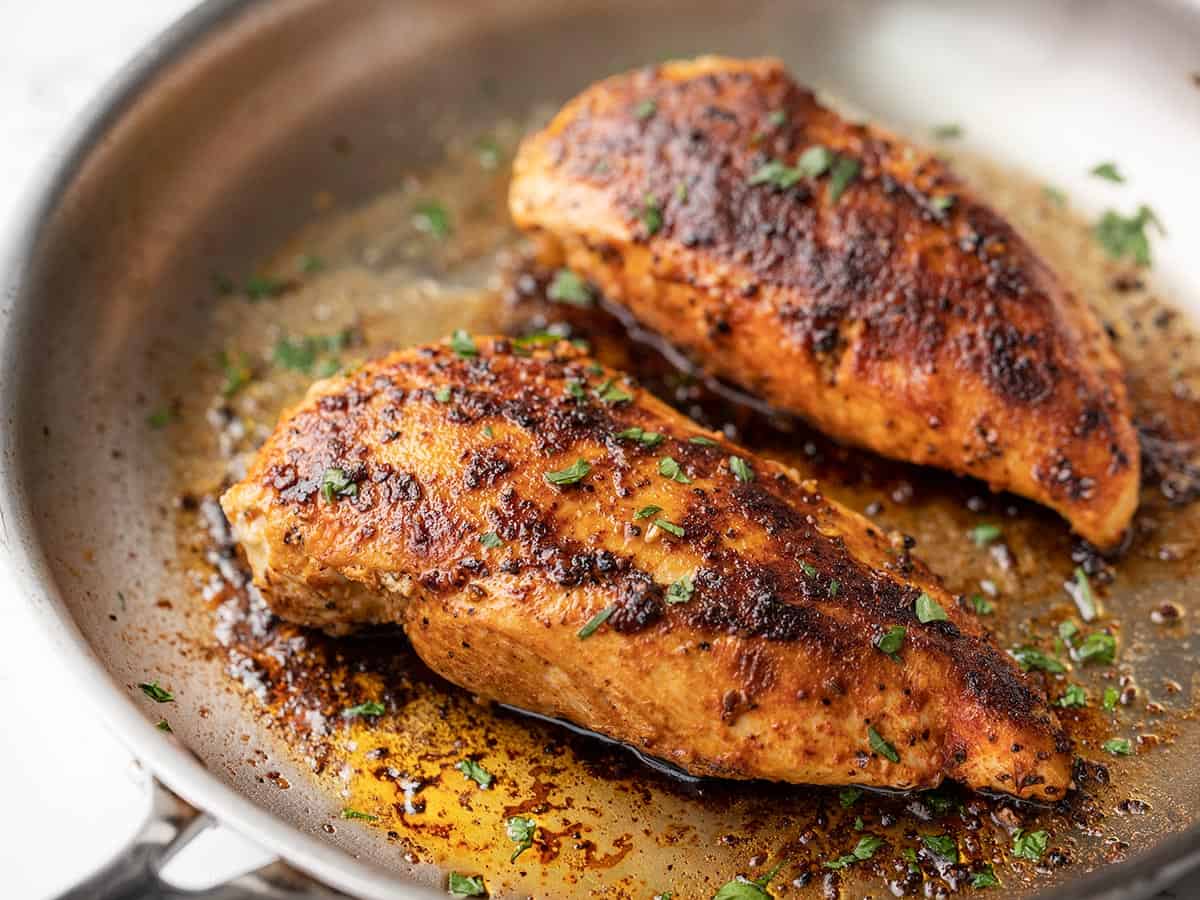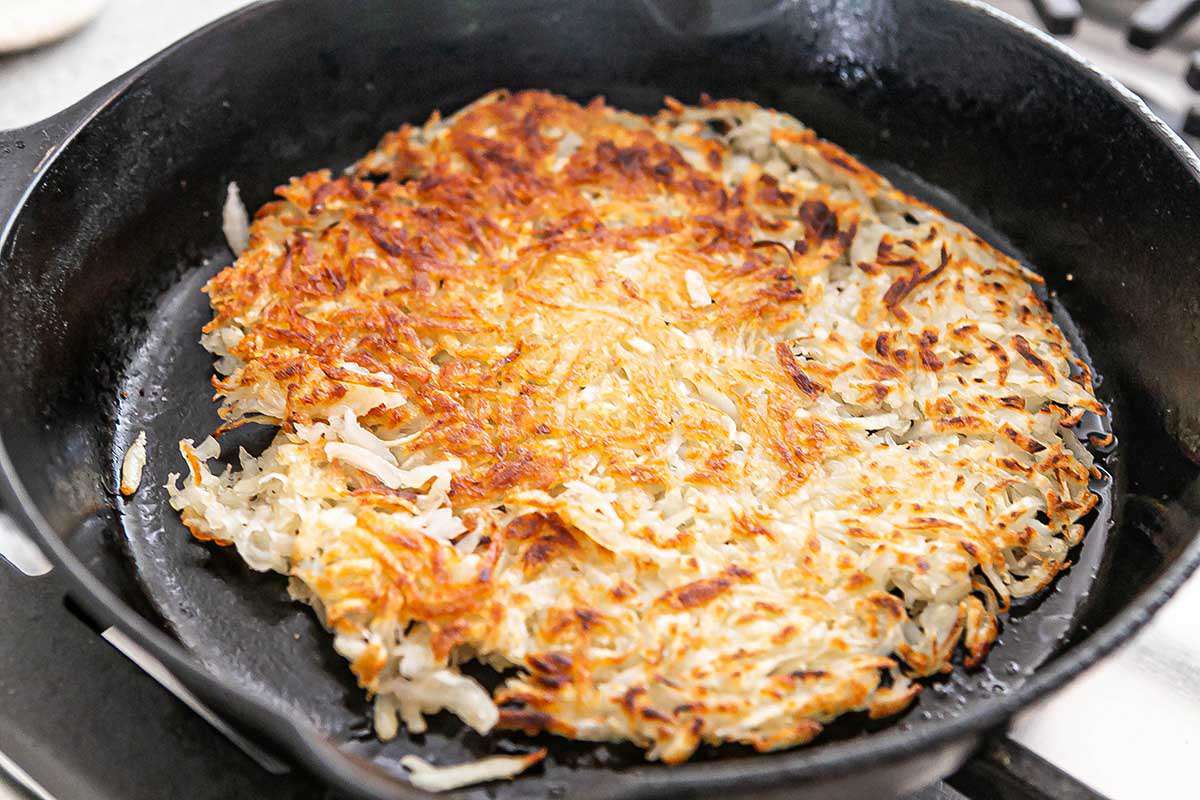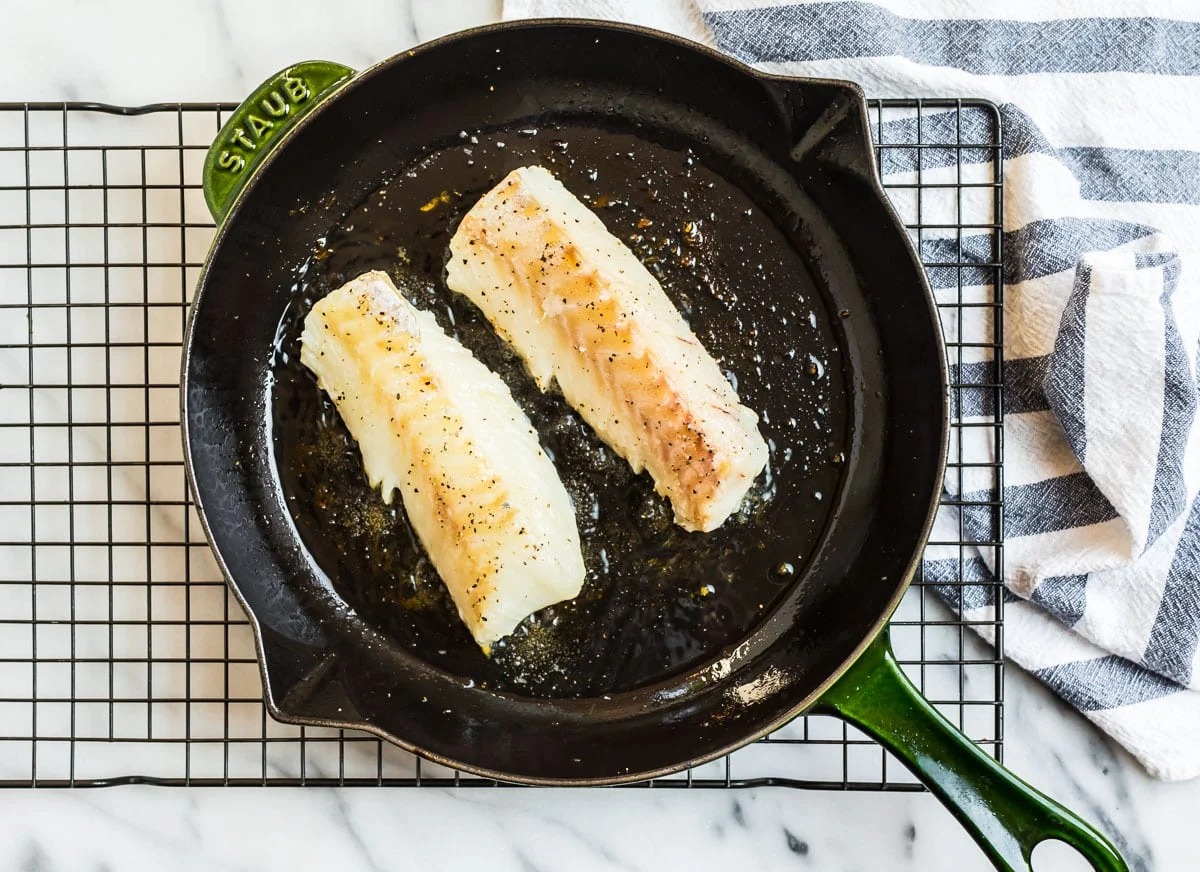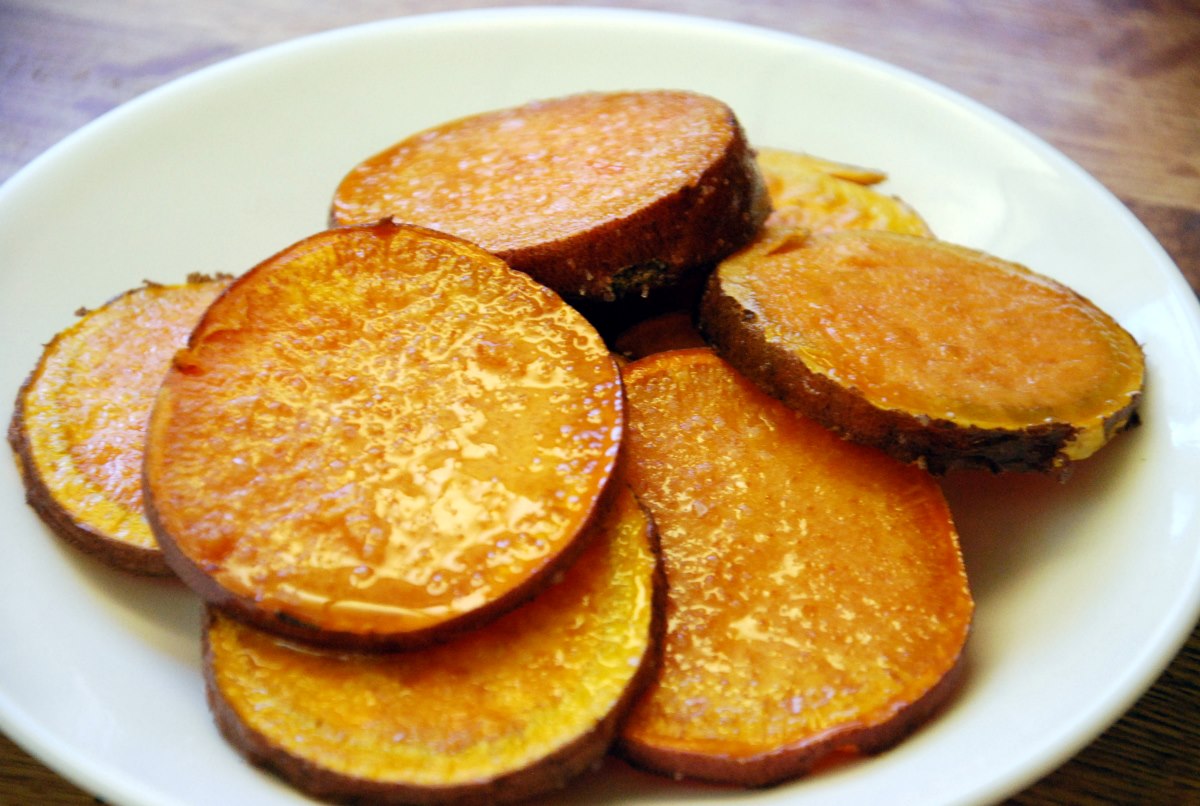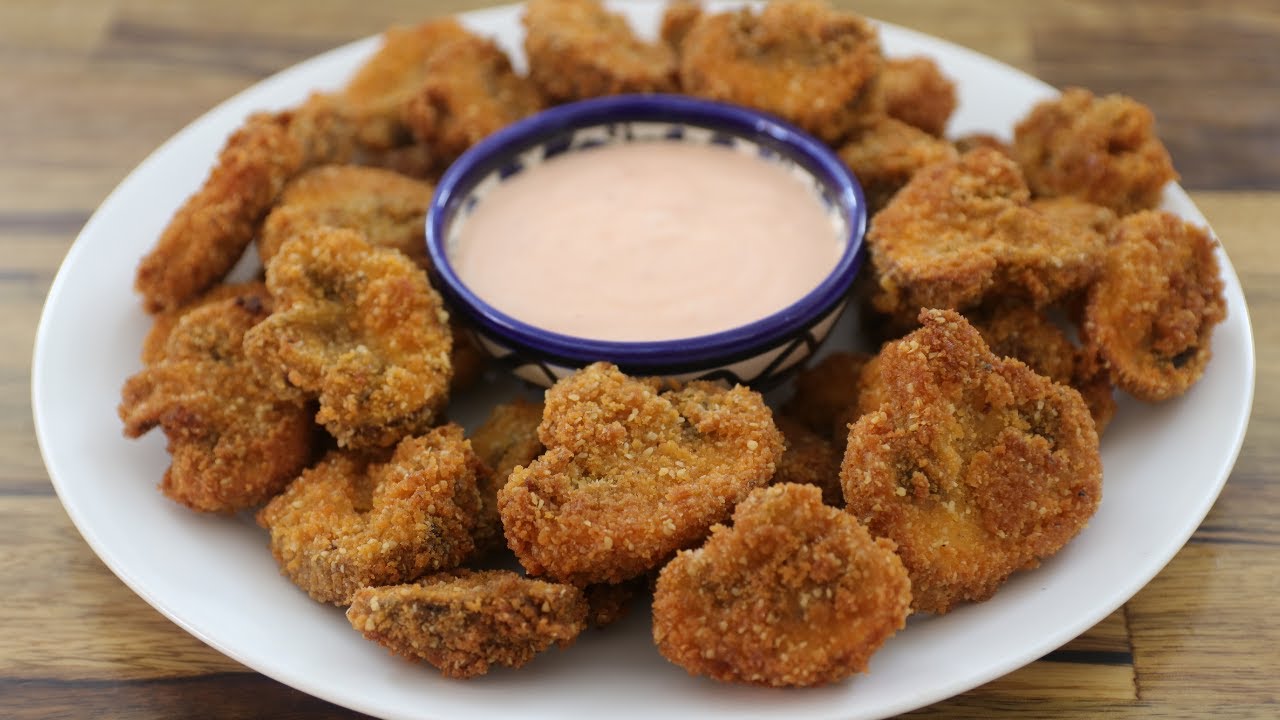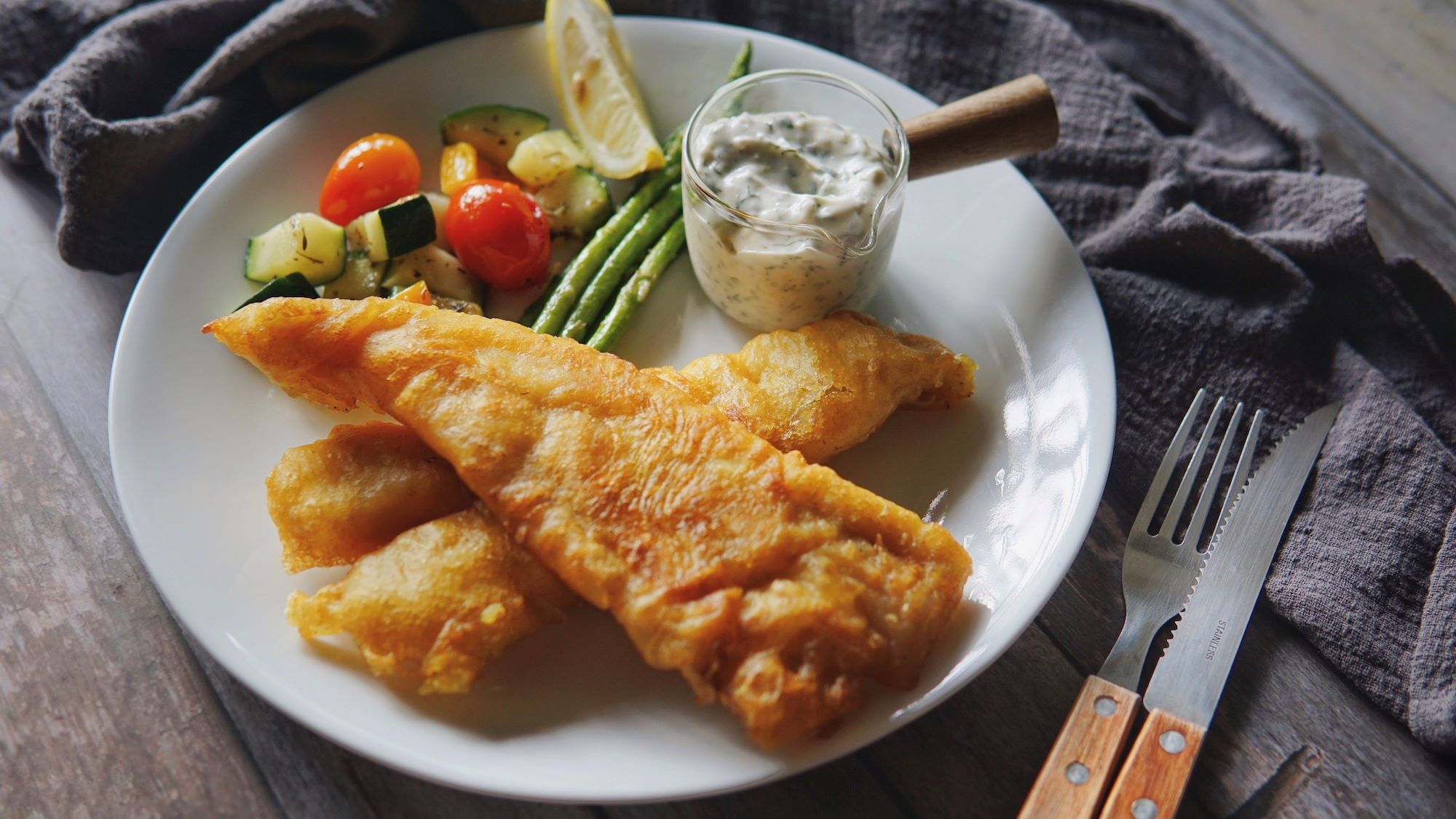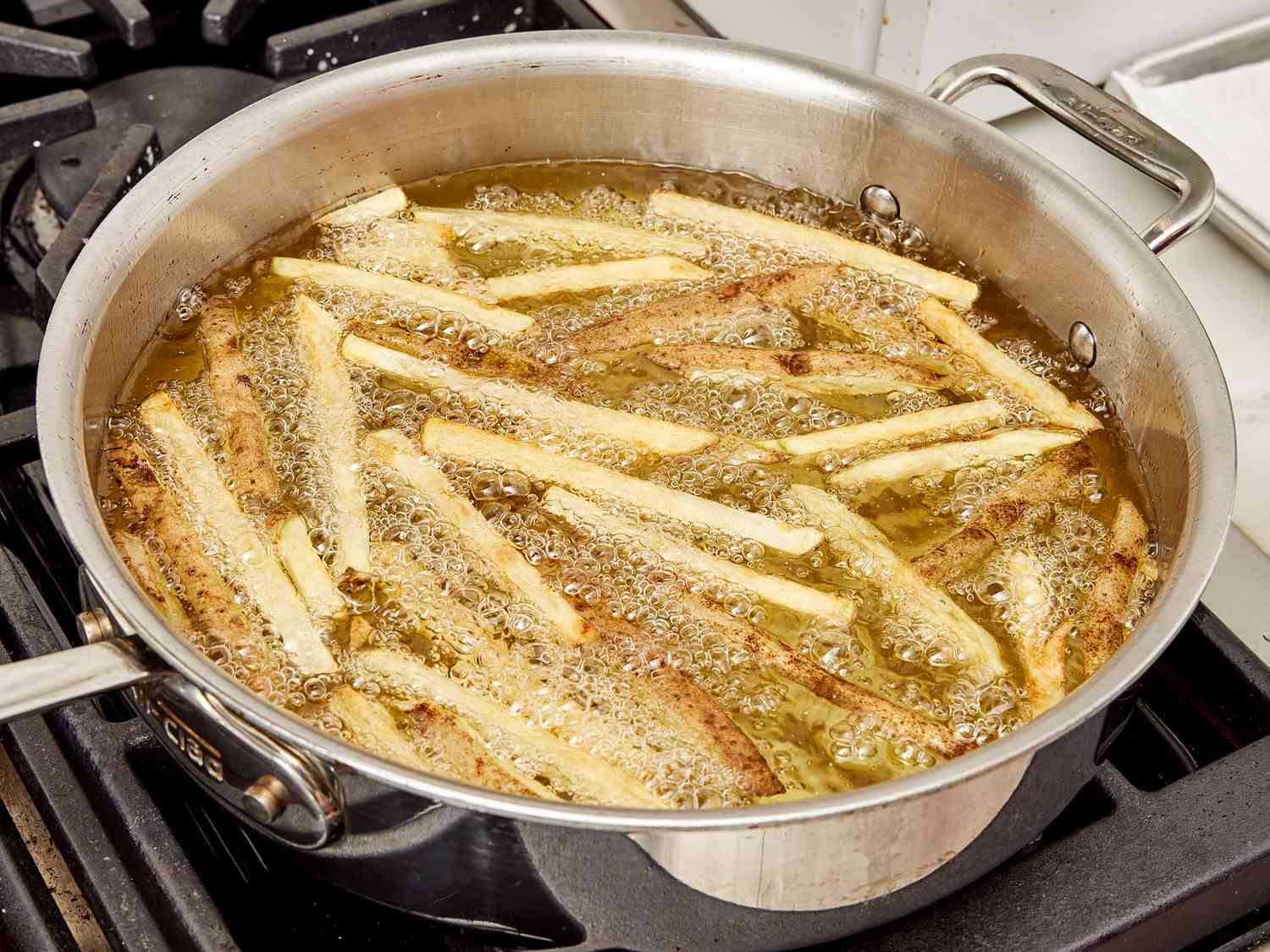How to Fry an Egg Like a Pro
Are you tired of your fried eggs ending up too runny or overcooked? Don’t worry, we’ve got you covered! In this step-by-step guide, we will teach you how to fry an egg perfectly every time. Follow these simple tips and tricks to become a pro at frying eggs:
Step 1: Gather Your Ingredients
Before you start frying eggs, make sure you have everything you need. Here’s what you’ll need:
- Eggs
- Butter or oil
- Salt and pepper (to taste)
Step 2: Choose the Right Pan
For frying eggs, it’s best to use a non-stick skillet. This will prevent the eggs from sticking to the pan and make flipping them easier.
Step 3: Heat the Pan
Place the skillet on medium heat and let it warm up for a minute or two. Adding a small amount of butter or oil will help prevent the eggs from sticking to the pan.
Step 4: Crack the Egg
One at a time, crack the eggs into a small bowl or cup. This will make it easier to transfer them to the pan without breaking the yolks.
Step 5: Slide the Egg into the Pan
Carefully slide the cracked egg into the pan, making sure to keep some space between each egg. Lower the heat to low-medium to ensure even cooking.
Step 6: Season the Eggs
Sprinkle a pinch of salt and pepper over the eggs to enhance their flavor. You can also add other seasonings or herbs according to your taste preferences.
Step 7: Cook to Perfection
Cook the eggs for about 2-3 minutes until the whites are set but the yolks are still runny. If you prefer your eggs over-hard, simply cook them for an additional minute or two.
Step 8: Flip or Serve
If you want to flip the eggs, gently slide a spatula under each egg and carefully flip it over. Cook for another 30 seconds to a minute, depending on how well-done you want your yolks. Alternatively, you can serve the eggs sunny-side up.
Step 9: Plate and Enjoy!
Finally, transfer the fried eggs to a plate using the spatula and serve them hot. They pair well with toast, bacon, or avocado for a delicious and satisfying breakfast!
Now that you know the secret to frying eggs perfectly, you can impress your family and friends with your newfound culinary skills. Practice makes perfect, so don’t be discouraged if your first attempt isn’t flawless. With time, you’ll become a pro at frying eggs like a chef!
Remember: It’s important to handle raw eggs safely and cook them thoroughly to minimize the risk of foodborne illness. Always wash your hands and utensils before and after handling eggs.
– Eggs (preferably fresh)
– Cooking oil or butter
– Salt and pepper (for seasoning, if desired)
1. Heat a small amount of oil or butter in a non-stick skillet over medium heat.
2. Crack the egg gently into the skillet, being careful not to break the yolk.
3. Cook the egg for about 2-3 minutes, until the whites are set but the yolk is still runny.
4. Season with salt and pepper, then carefully remove the egg from the skillet using a spatula.
Was this page helpful?
Read Next: How To Fry Pork Tenderloin Slices
